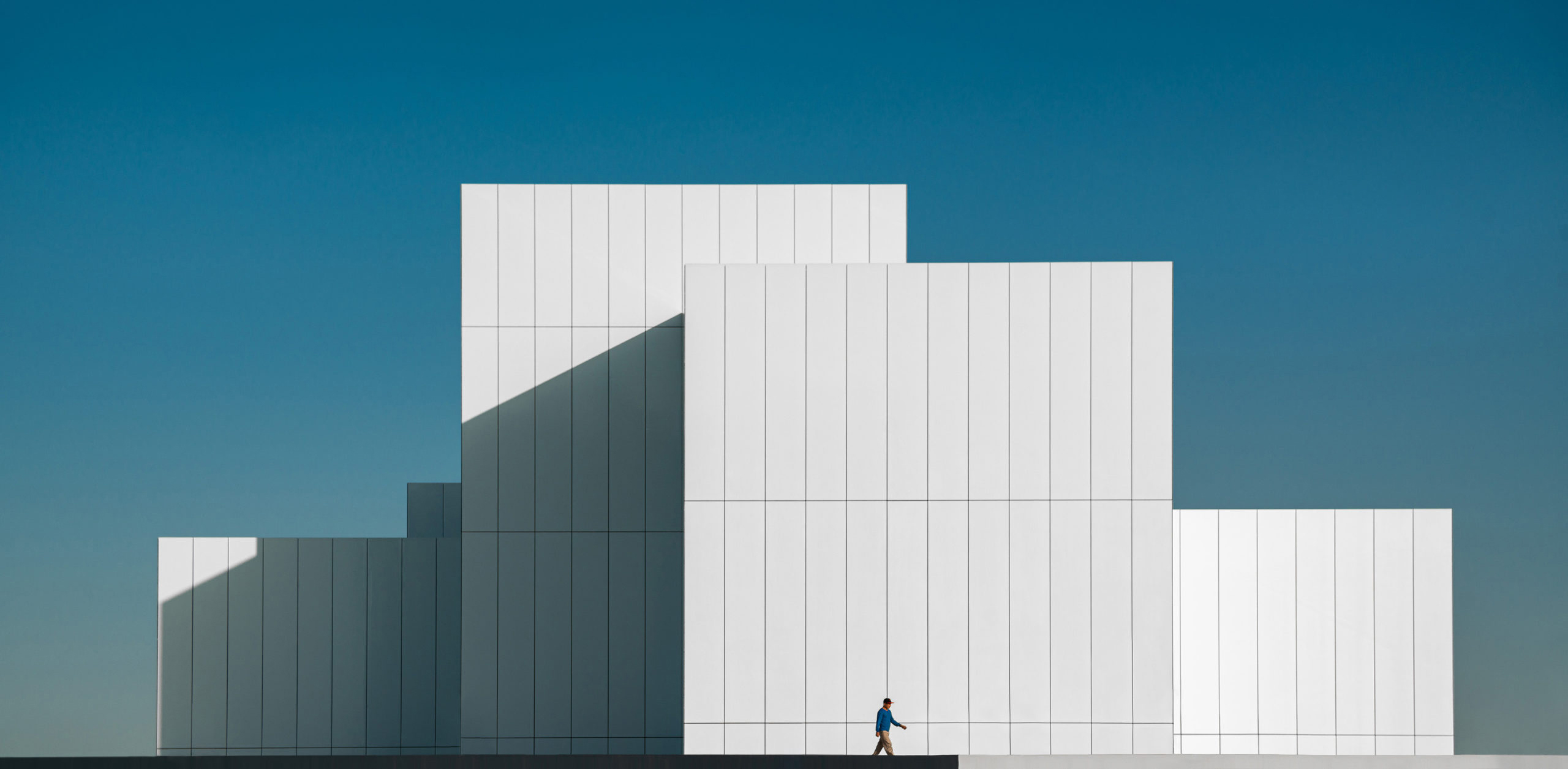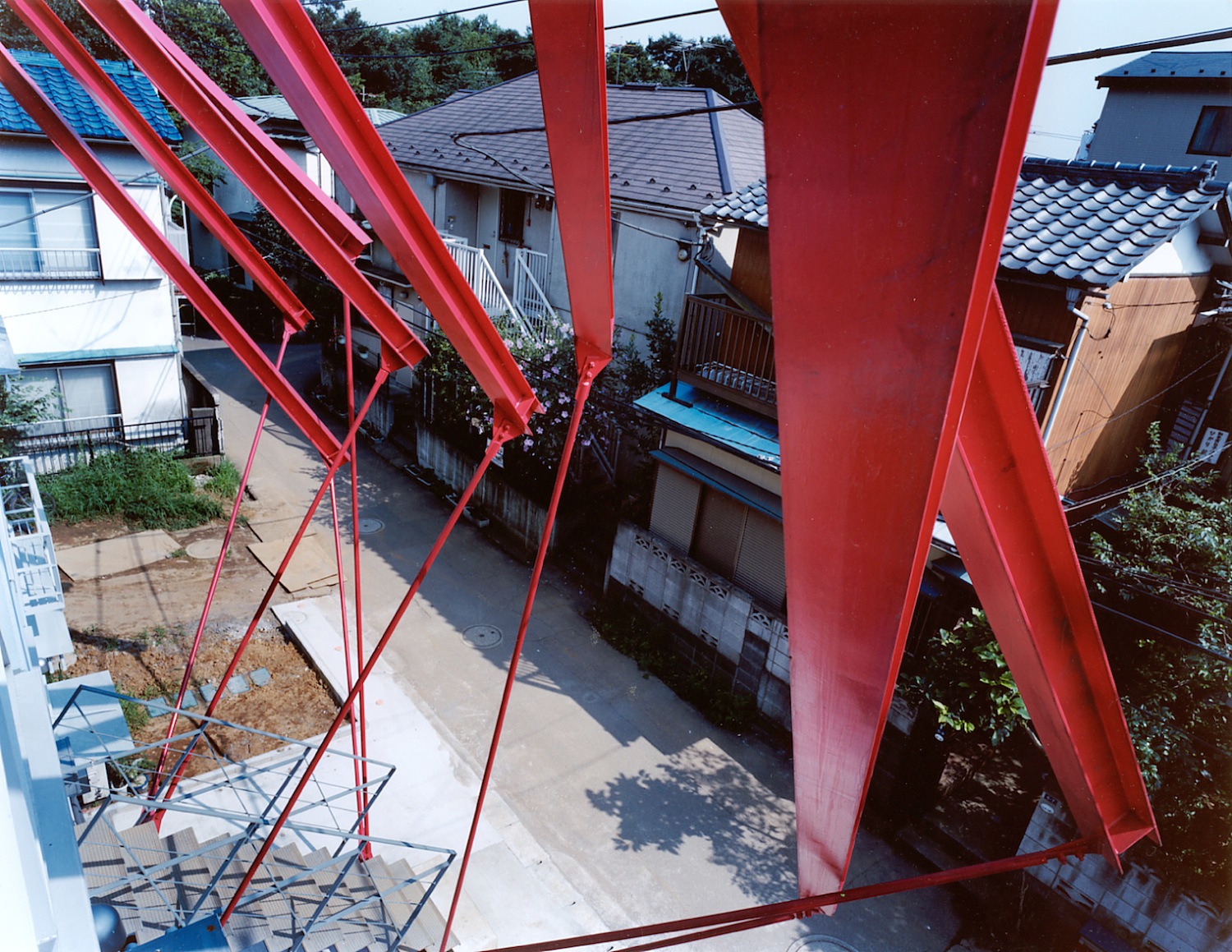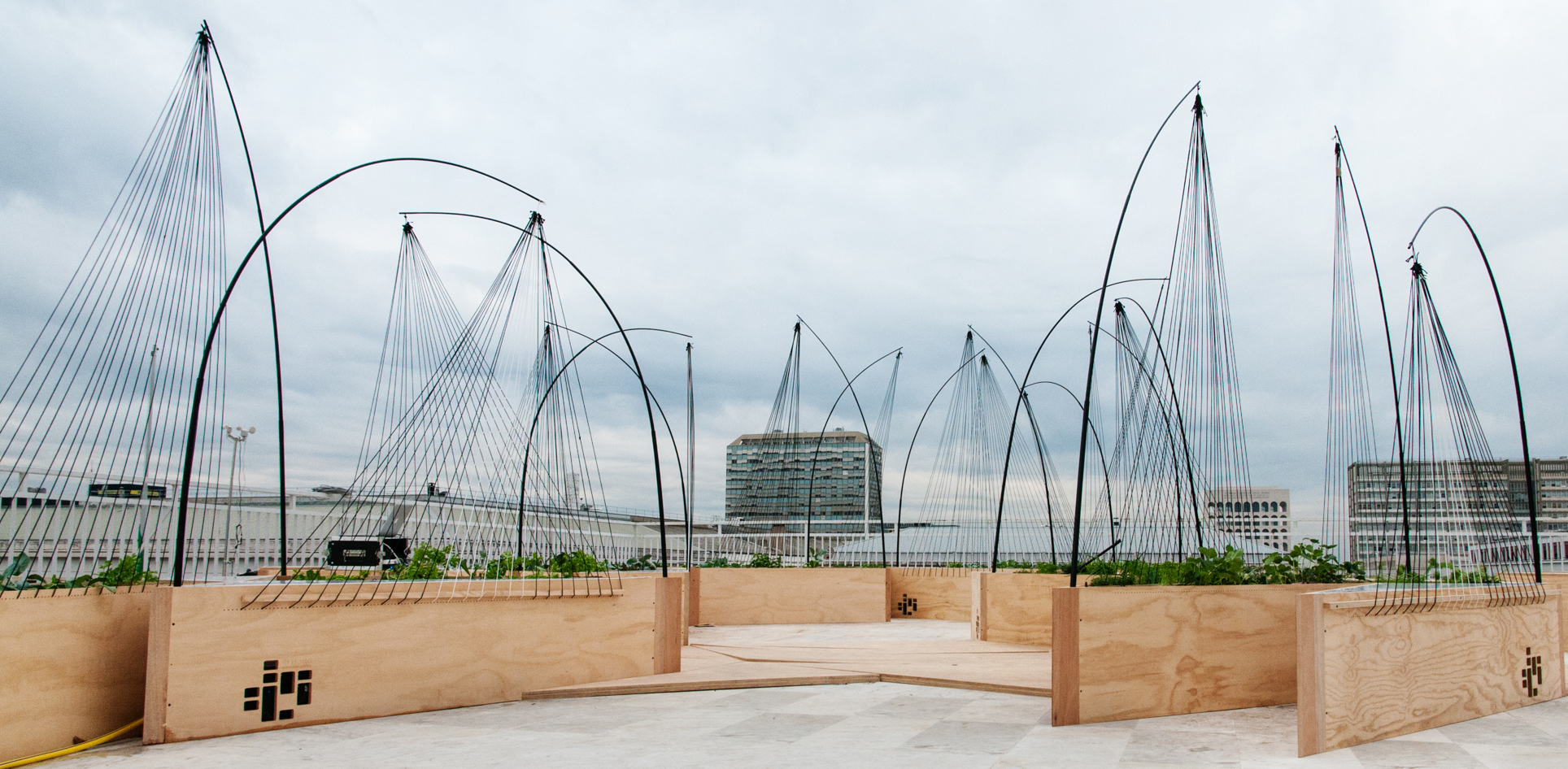Architizer’s new global awards program is dedicated to the art of architectural representation and media. The Vision Awards invites firms, individuals and students to submit their best architectural photographs, videos, renderings, drawings and portfolios for global recognition.
Many of these creators — the vast array of professionals to help conceive a project, convince a client of its value and communicate its essence — routinely stand in the shadows of the architects with whom they collaborate. This relationship is reflected in architectural awards programs that celebrate building designers, meaning that the photographers, visualizers, students, videographers and model makers that help propel architecture forward are less versed in the nuances of crafting a competitive submission to receive accolades for their respective crafts.
If you’re a visual creator in the architecture industry and this is your reality, we’ve got some hot tips to help maximize your chances of success in this year’s Vision Awards program, which is officially open for submissions with a Main Entry Deadline set for June 9th, 2023. Click here to begin preparing your entries (after reading the tips below, of course!):
1. Know Your Categories — and Select the Right One
First, it is vital to understand that the program is divided into two overarching categories, the Vision Categories and the Creator Categories. We’ll outline each in greater detail below, but first, it bears stating simply that the Vision Categories celebrate a single image or video, whereas the Creator Categories honor entire bodies of work. Each has a handful of subcategories for you to choose from.
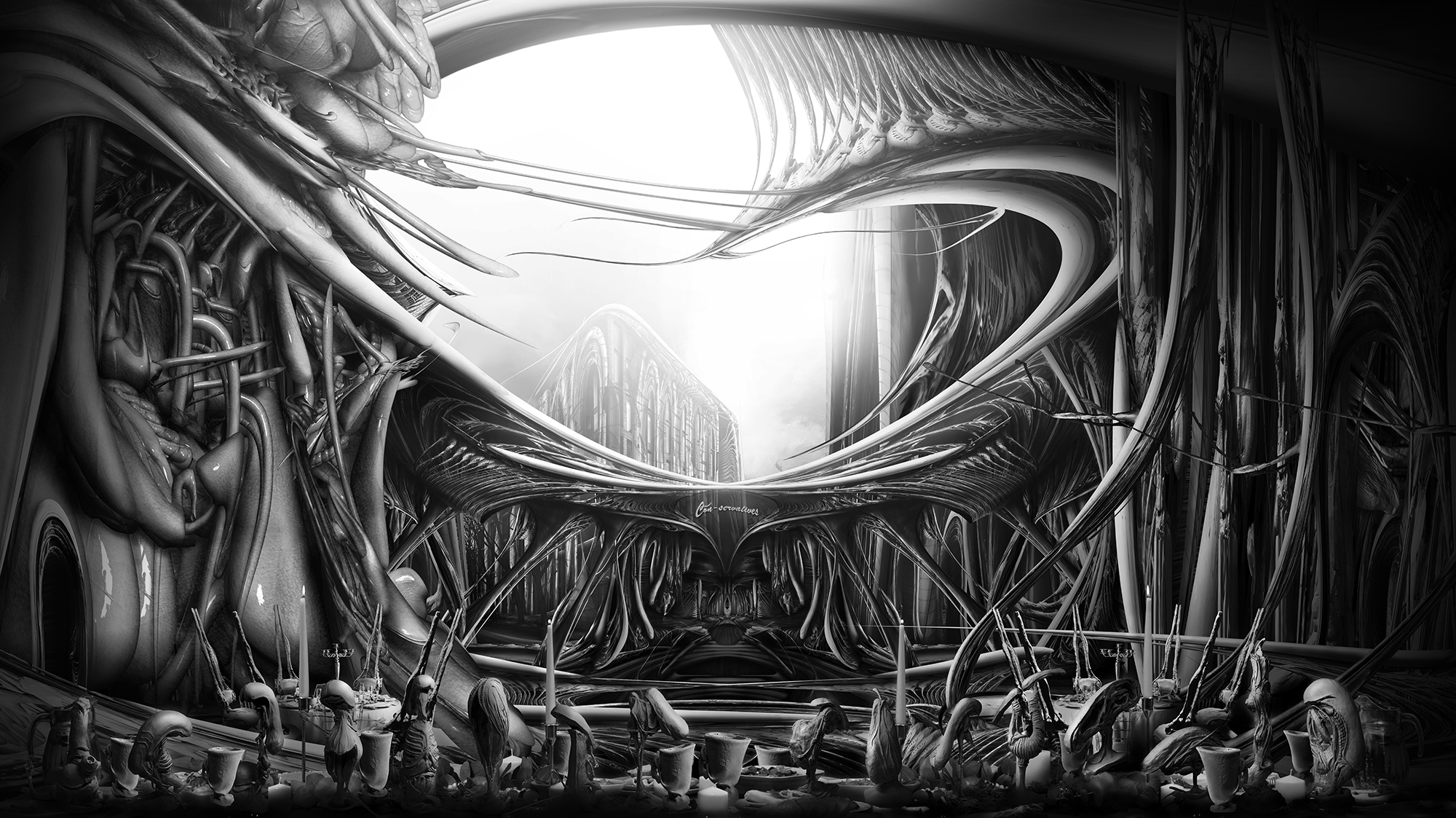
“22 Gordon Street” by Christian Coackley, The Bartlett School of Architecture, UCL, Student Winner, 2022 One Rendering Challenge
The Vision Categories:
The Vision Categories comprises 12 subcategories, each celebrating a specific type of visual representation — photographs, drawings, models and more. For each of these subcategories, there will be three winners: a Studio, an Individual and a Student. Remember, Individual creators include sole practitioners submitting work from their personal portfolio (even if they are employed by a larger company), while Studio creators are any entrants constituting a business with 2 or more employees.
- Best Architectural Photograph (5 categories: Exterior, Interior, Urban, Landscape, Detail)
- Best Architectural Visualization (3 categories: Photorealistic, Illustrative/Artistic, AI-Generated)
- Best Architectural Drawing (2 categories: Hand-drawn, Computer-aided)
- Best Architectural Video (2 categories: Long-form, Short-form)
- Best Architecture Model (Special award category for physical models)
Notably, the submissions in these categories are all limited to a single form of representation (ie. a single photograph, a single drawing, one model, etc…). When selecting which you’d like to submit to, it’s key to ensure your entry is in the category that best suits your work. Be sure to read the description for each category and ask yourself which one your image best fits.
Do you have an urban photograph that both captures the atmosphere of the city AND powerfully communicates a building’s form or space? Try reading the description for both the “Urban” and “Exterior” subcategories, for example, with your image of choice open on the same screen. This may help narrow down which better applies to your work. If all else fails, remember: you’re also allowed to enter the same image in two categories (and win in both as well!).
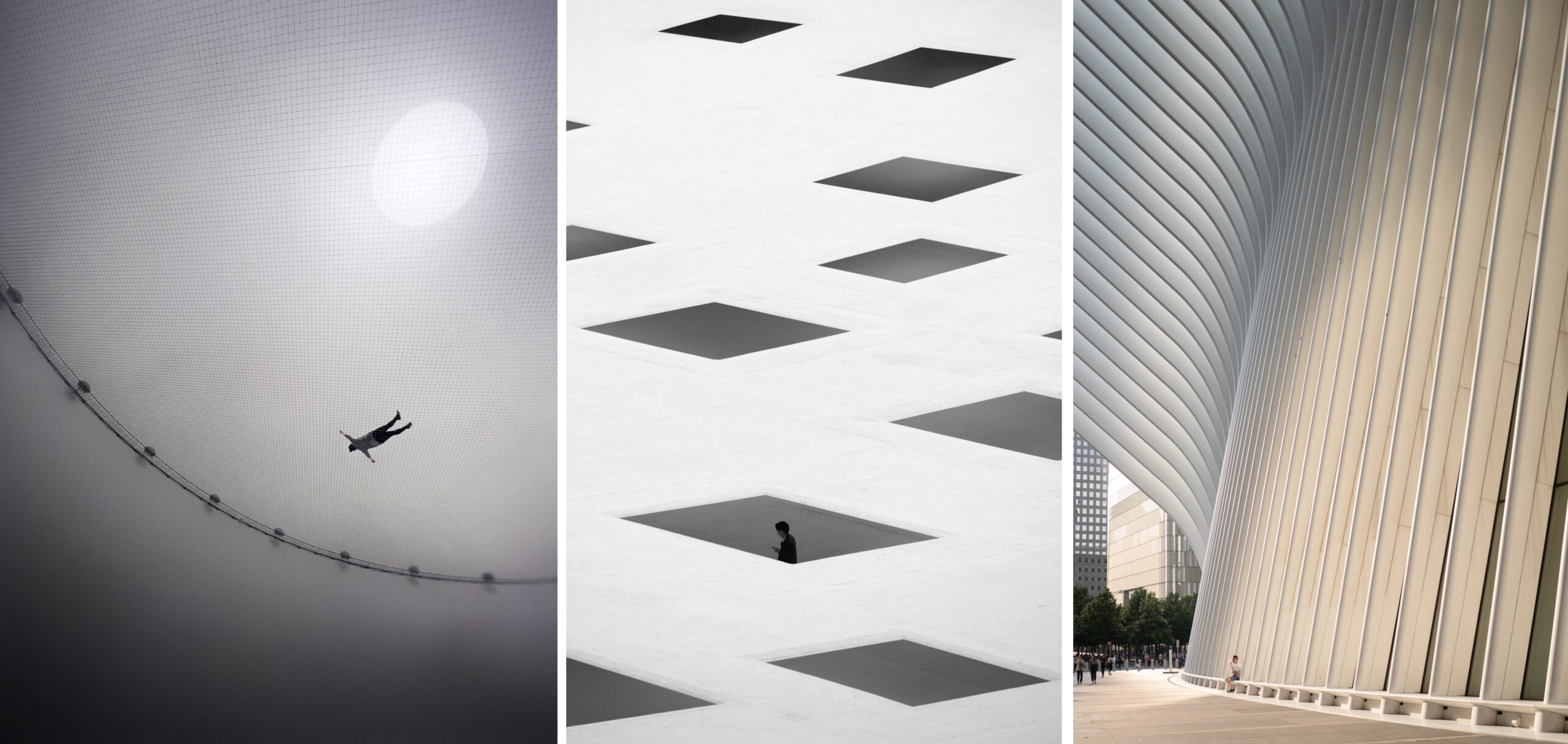
From left: “Arachnophobia” by Tiffany Liem, Brookfield Properties; “Kites” by Yu Heng Lim; “Thirst for Shade” by Valeria Flores, Handel Architects. All Commended Entries, 2022 One Photo Challenge
The Creator Categories:
The Creator Categories, meanwhile, are designed to honor the achievements of talented creators across every discipline listed above, forming a definitive “who’s who” of visionaries for the AEC industry. There will be five awards granted in total, one for each subcategory, and judges will assess the oeuvre of each entrant to decide on these winners.
- Architectural Photographer of the Year (Portfolio award for studios and professionals)
- Architectural Visualizer of the Year (Portfolio award for studios and professionals)
- Architectural Filmmaker of the Year (Portfolio award for studios and professionals)
- Student Creator of the Year (Mixed media portfolio award for students)
2. Understand the Judging Criteria
From Shajay Booshan, Associate Director at Zaha Hadid Architects, to Amanda Ferber, the founder of Architecture Hunter, and many more, Architizer’s Vision Awards provides a unique opportunity to get your work in front of a stellar jury of renowned architects and creative thought leaders. Before you hit “enter” on your submission, it’s helpful to review the criteria that will frame the jury’s view of your work. These differ slightly between the two sets of categories.
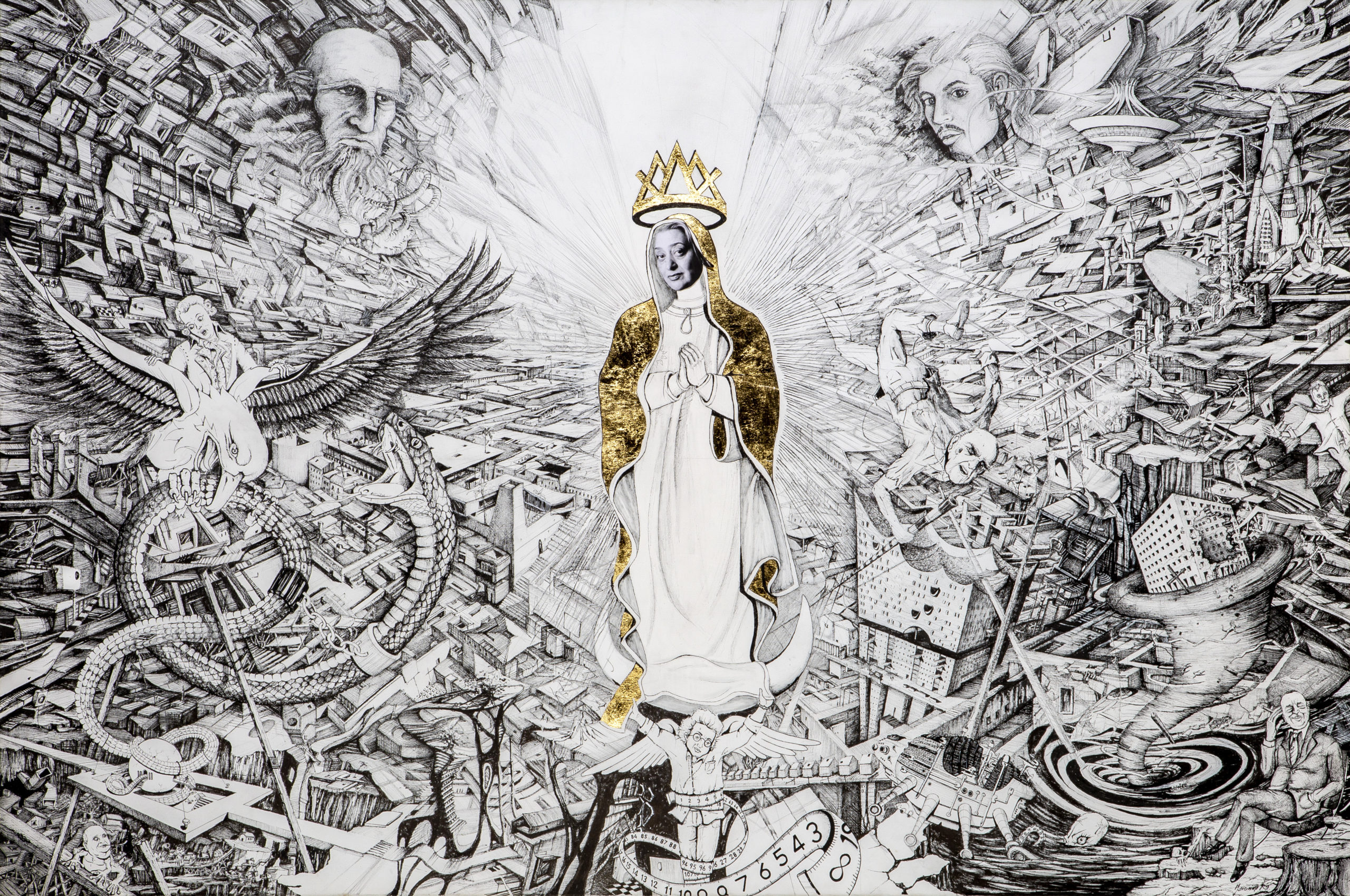
“Class-Reunion 2021_Gold: Ink on Canvas_71 x 47 inch” by Jeronimo Andura, HTWG Konstanz, Commended Entry, 2021 One Drawing Challenge
The Vision Categories:
At their best, images and videos can reveal something about architecture that speaks to the wider cultural, societal, economic or political context of its location. So, the The Vision Awards Jury will evaluate the Vision Categories according to the following criteria:
I. Communication
A winning image or video will form a visual story about architecture and its context, often creating a compelling narrative that captivates the viewer. People, light, shadows, mood, atmosphere, weather, spatial layout, details, materials and more, are all compositional elements that can be pivotal in this regard.
II. Aesthetics
In the realm of architectural representation, aesthetics are about more than just beauty. They convey the essence of the architecture they depict, the atmosphere or emotional power of a space, and a strong sense of place — even when untidy, chaotic or even “ugly.”
III. Impact
While impact is not an exact science, experts in architectural representation understand the bold qualities that make an image memorable. The ingredients of an impactful architectural image or video include but are not limited to: striking geometry, unusual angles, rich color combinations, sharp contrasts, rhythmic patterns, movement and strong legibility.
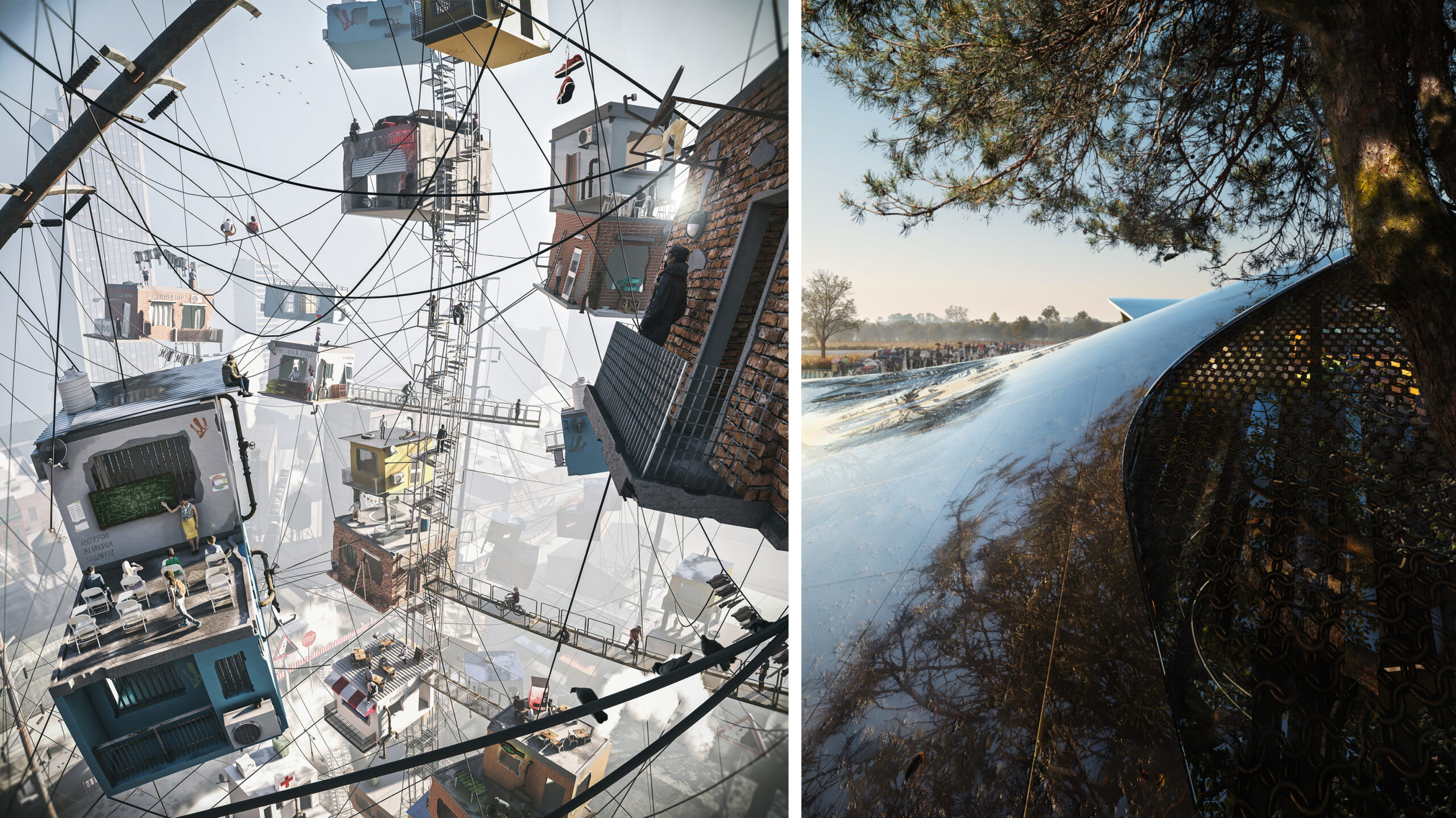
From left: “Hanging by a Thread” by Jeremias Dabbah, Sofia Di Tomaso and Camila Crudo, Universidad de Buenos Aires, Student Winners; “TREES” by Norviska Studio, Commended Entry, 2021 One Drawing Challenge
The Creator Categories:
The Vision Awards Jury will evaluate the Creator Categories based on the following criteria:
I. Aesthetics
Aesthetics encompass the visual language of a creator’s work — whether that be to communicate an idea, elicit an emotion, attract attention or speak to the atmospheric qualities of a space. The jury will consider how a creator’s aesthetic approach ties to their overarching creative goals, ie. the unique nature of the environment they depict. Creators that are able to demonstrate a varied yet cohesive aesthetic approach across multiple works will excel.
II. Innovation
Architectural representation is a relentlessly forward-looking field that must embrace new technologies, visual styles and creative processes with curiosity and eagerness. The jury will reward pioneering creators that show courage in harnessing new approaches to better communicate architecture to clients and/or the wider world. Versatile creators that are continually experimenting with their medium, questioning their own approach and testing new ideas will score highly.
III. Impact
The best architectural creators are able to produce works that combine innovative techniques with striking visuals to create works that are inspiring to the wider design community and spark new creative ideas among adjacent members of the industry. Judges will be looking for creators that displays originality in their work, exhibiting their distinct personality through visual means.
3. Bring Your Image and its Category Together in Text
Even if the awards are all about your visual representations shining, a little text can go a long way to help the judges more easily comprehend your work. (By the way, as you create your submission, you’ll want make sure you have your social media handles ready to include them. If you win, this will help us to share your work with our millions of followers across all of our social media channels!)
If you hit writer’s block, or anything listed below sounds challenging, remember that you can always start your submission, and then go back to edit it with fresh eyes another day if need be!
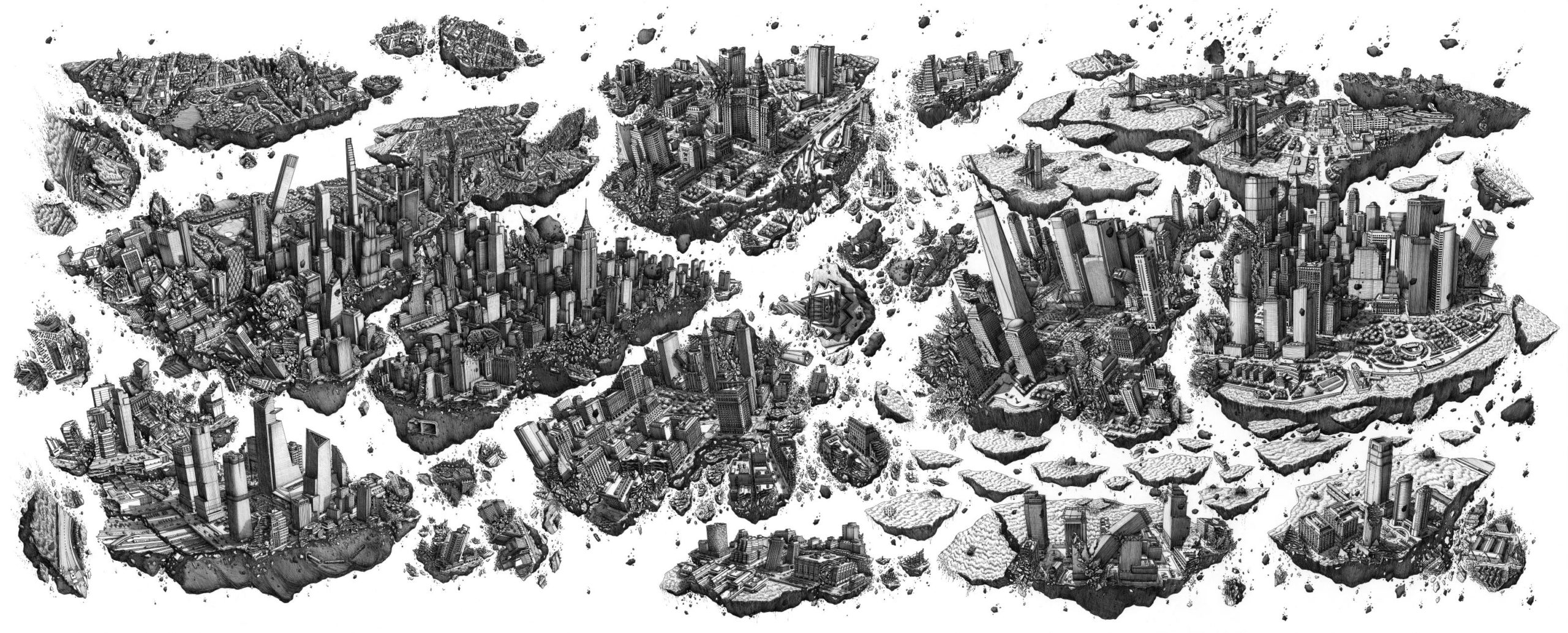
“State of Union” by Nielen de Bruyn, Turner & Townsend, Commended Entry, 2021 One Drawing Challenge
The Vision Categories:
For these categories, you’ll be uploading only one image or video (no collages!). For your entry, you should choose an evocative title that helps communicate the meaning of your work. The judges will be assessing many different images, so you don’t want leave them guessing. A title can serve as a bridge them helps hone in on the most salient themes. When done well, it can evoke a mood and set the tone for the viewer’s experience.
The same goes for your project text. You’ll be give 150 words to communicate what your image depicts. Again, this is an opportunity to help guide the judge through your work, perhaps subtly nodding to the ways that your image or video stand out in the category you’ve selected. Here, you want to (briefly!) paint a compelling narrative that also subtly points back to the some of the judging criteria. Remember to keep the text easy to follow — dense, academic writing often isn’t the most accessible.
The Creator Categories:
If you’re enter this section, you’ll want to have a Creator Statement ready. Remember, you’re going to be uploading either 12 single images (if you have your sights set on the Photographer of the Year and Visualizer of the Year titles), 6 video clips (for those vying for Videographer of the Year), or up to 12 files of various media types (if you’re going for Architect or Student Creator prizes). The form gives you 300 words to describe your creative approach and how your work relates to your goals as a creator, so you’ll want to highlight elements that unite your diverse oeuvre.
When coming up with these, you don’t want to simply copy and paste your bio from other contexts. Consider the judging criteria for the Creator Categories — aesthetics, innovation and impact — and highlight key aspects of your portfolio. These could include but are not limited to: your design philosophy, how you work with clients and collaborators (if you have them), and how you are innovating in your creative field.
Top image: Art Jameel” by Shoayb Khattab, Shoayb Khattab Photography, Commended Entry, 2022 One Photo Challenge
